Homes That Thrive: Partnerships with Eco-Friendly Brands in Home Design
The Power of Collaboration in Your Living Space
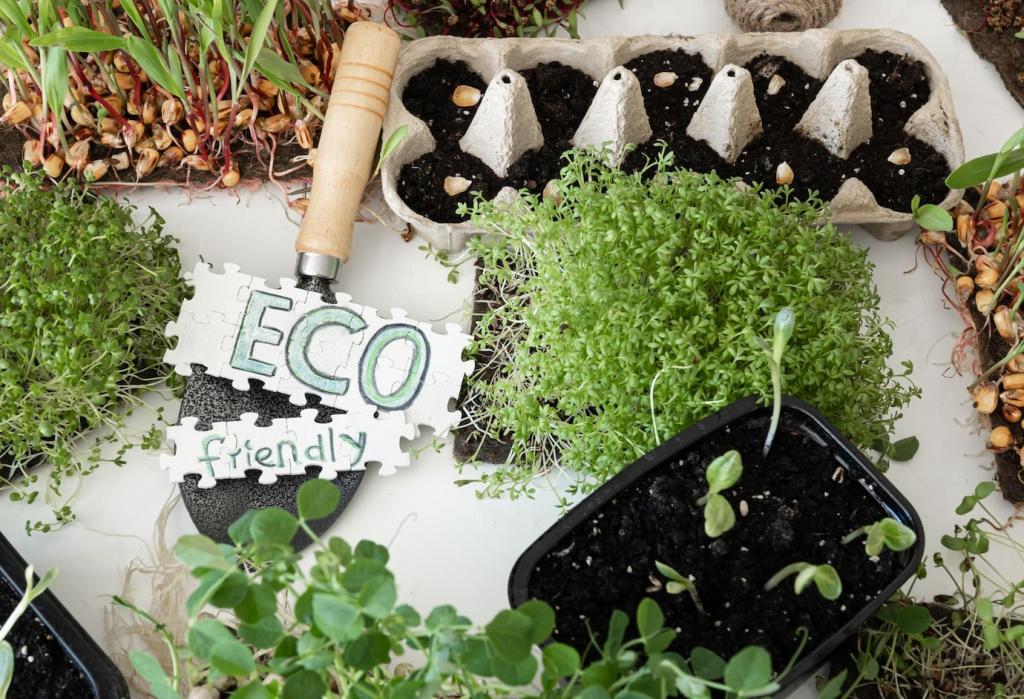
Shared Purpose, Better Outcomes
The strongest partnerships start with values. When an eco-friendly brand prioritizes responsible sourcing and you prioritize healthy living, designs become clearer, simpler, and more honest. Together, you co-create rooms that reflect integrity without sacrificing warmth, calm, or personality.
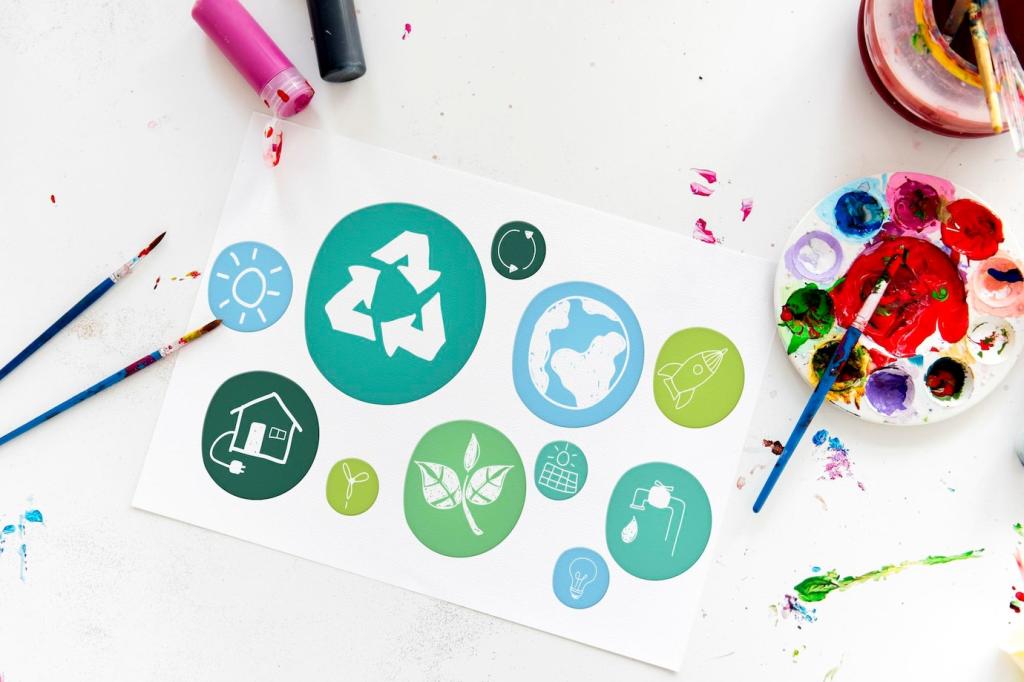
Trust Built on Transparency
True partners share proofs, not promises. Ask for supply chain details, environmental product declarations, and verified certifications. Openness about materials, finishes, and labor helps you make confident choices and builds the kind of trust that lives in every surface you touch.
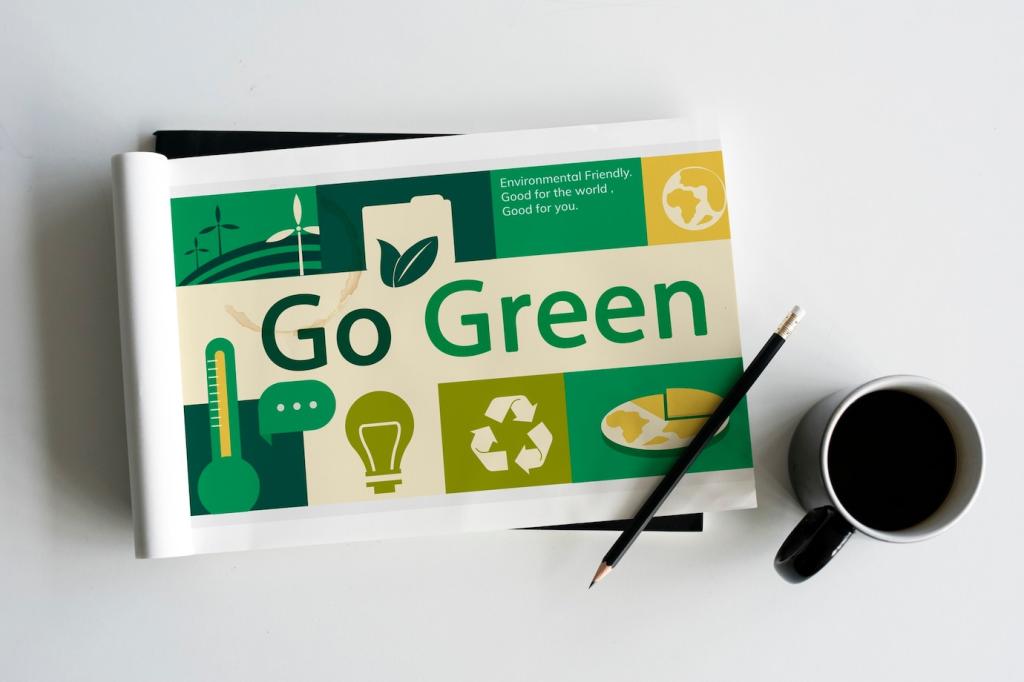
A Small Story from a Sunny Apartment
Maya and Luis partnered with a low-waste cabinetry brand for their nursery. The team color-matched milk paint, used FSC wood, and minimized offcuts. Their baby’s first night home smelled like fresh wood, not chemicals—proof that partnership can feel like a deep breath.
Materials and Certifications That Matter
Decoding Eco Labels Together
Collaborate with brands that explain FSC or PEFC wood, GREENGUARD Gold indoor air standards, OEKO-TEX textile safety, and Cradle to Cradle Certified circular design. Ask about testing methods, renewal cycles, and trade-offs, so labels translate into lived comfort and durability.
Life-Cycle Thinking with Your Brand Partner
Beyond sourcing, evaluate the full journey. Partners can share life-cycle assessments, repair pathways, and end-of-life options. Favor finishes you can refresh, parts you can swap, and fixtures you can maintain, reducing waste while honoring the beauty you worked hard to create.
Low-VOC Finishes and Adhesives
An eco paint partner recommended zero-VOC pigment systems and plant-based binders for a studio makeover. After curing, indoor air quality readings improved and headaches vanished. Ask your partners to provide emissions data, ventilation guidance, and touch-up plans to keep rooms healthy long after installation.
Aesthetics Aligned with Sustainability
Eco-friendly partners can help you pull daylight, plant life, and tactile materials into daily routines. Think breathable clay paints, responsibly harvested wood, wool rugs without harmful treatments, and living greenery that softens acoustics while reminding you to pause and breathe.
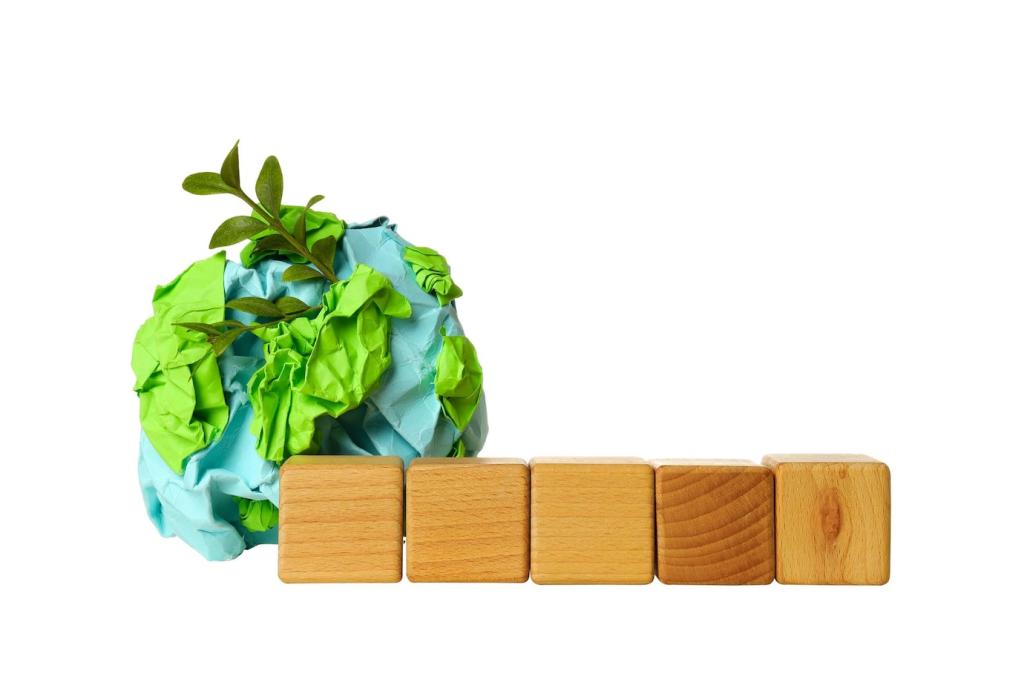
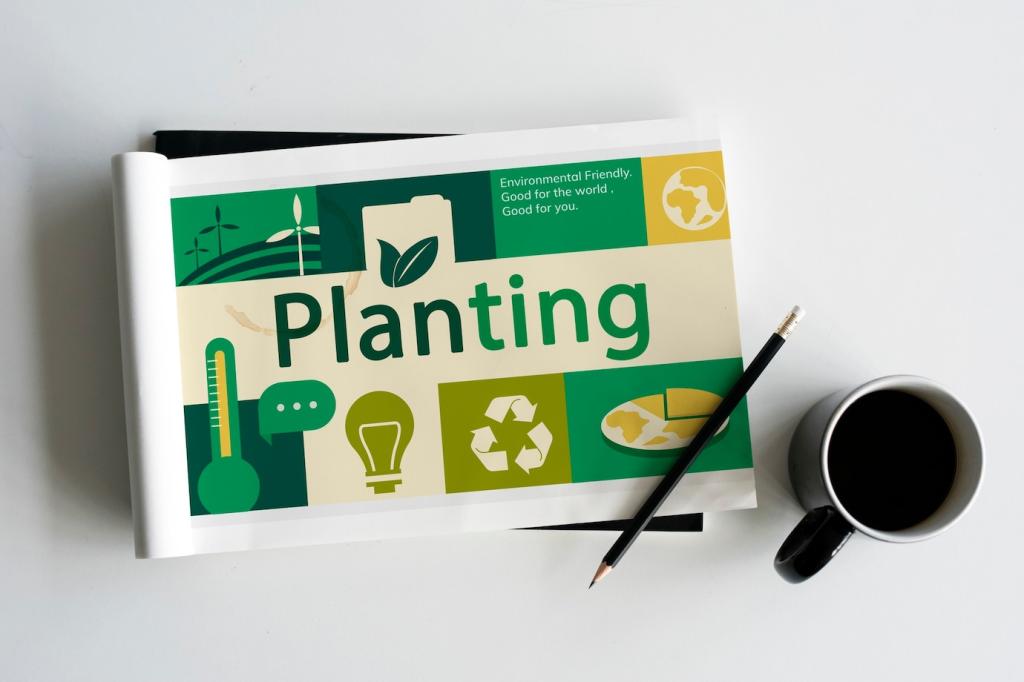
Aesthetics Aligned with Sustainability
Reclaimed oak flooring, fast-growing bamboo cabinetry, cork wall tiles, and linen upholstery with recycled fill deliver depth without excess. Ask partners about provenance and finishing methods, ensuring every tactile moment carries the warmth of materials chosen with conscience and intention.
Community, Equity, and Local Impact
Local artisan collaborators reduce transport emissions and keep craftsmanship alive. A neighborhood metalsmith can upcycle steel into shelf brackets; a nearby textile studio can dye fabrics naturally. These relationships create distinct details and sustain livelihoods that keep creativity rooted close to home.
Community, Equity, and Local Impact
Seek partners who repair, refurbish, or responsibly reclaim products at end of life. Take-back programs prevent landfill waste and encourage design for disassembly. Ask how they track items, what parts are recoverable, and how you can participate to close the loop gracefully.
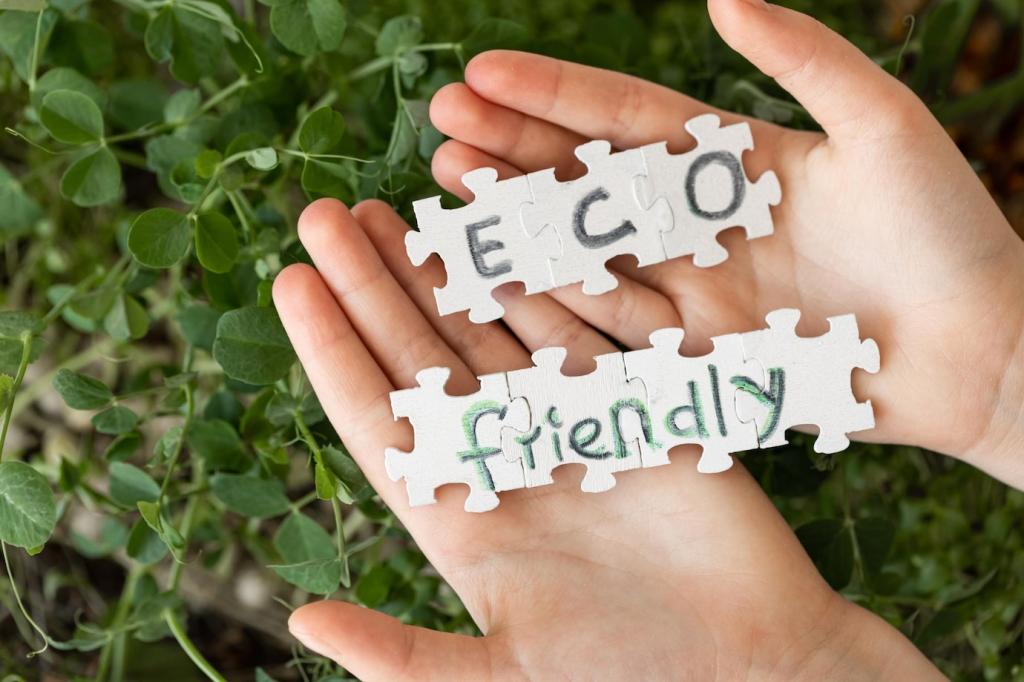
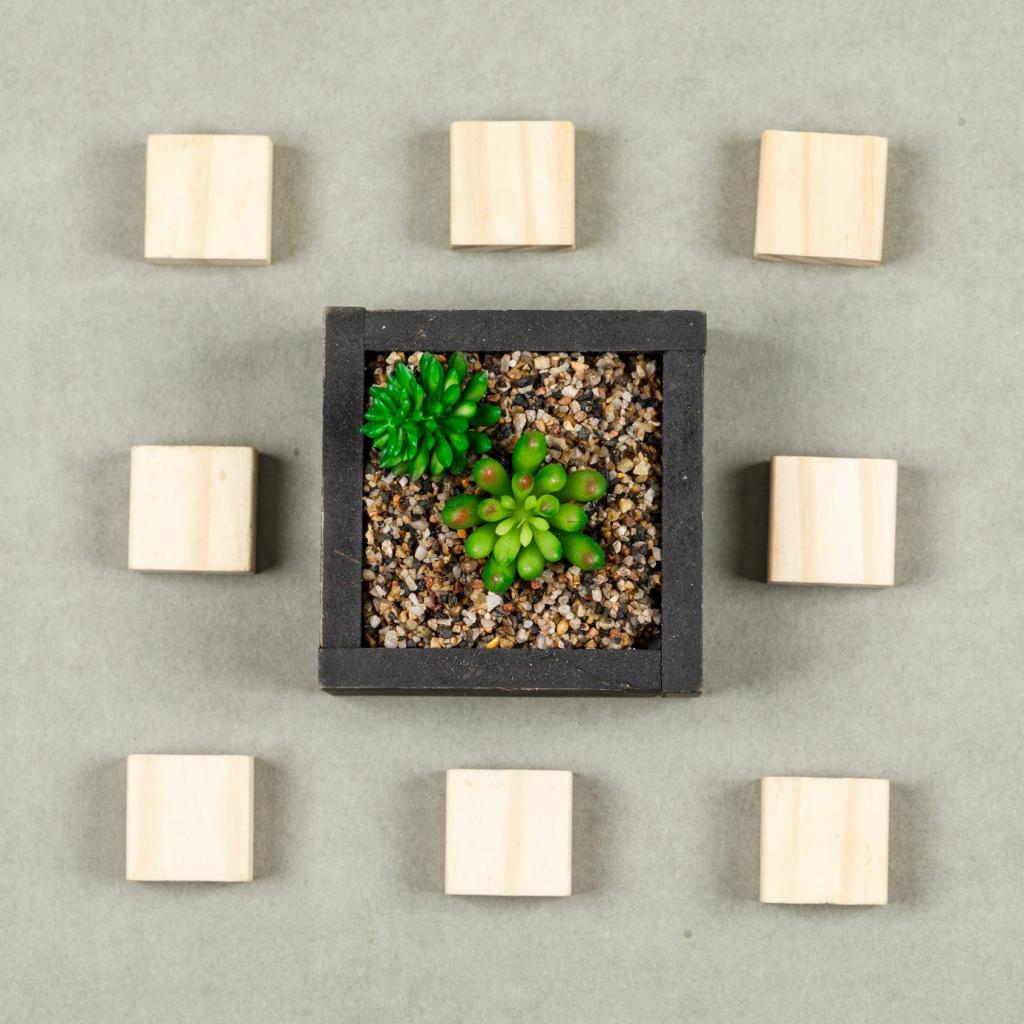
Budget, Value, and Long-Term ROI
Ask partners for durability testing, maintenance schedules, and performance data. A higher upfront cost may yield lower lifetime expenses when finishes last longer, energy use drops, and cleaning becomes simpler. Your budget becomes a narrative of resilience instead of short-term compromise.
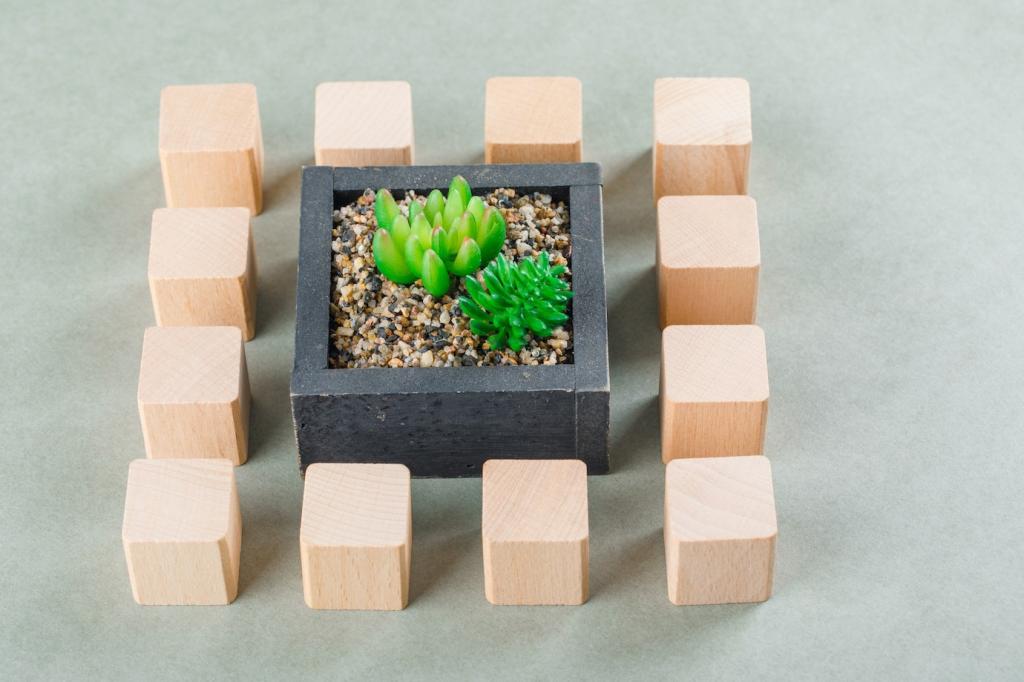
From Idea to Reality: A Partnership Roadmap
Define your non-negotiables—indoor air quality, circularity, or local sourcing—and share them with potential partners. Evaluate responsiveness, material transparency, and logistics. When expectations are clear early, collaboration flows, conflicts shrink, and the design narrative stays coherent.
What’s Next: Emerging Trends to Watch
Bio-Based Materials Go Mainstream
Look for partners exploring mycelium acoustic panels, hempcrete blocks, algae-derived tiles, and bio-resins. These materials lower embodied carbon while delivering comfort and intrigue. Ask suppliers about performance testing, moisture behavior, and installation training to ensure results match the promise.
Traceability with Digital Product Passports
Forward-looking brands are piloting QR-coded product passports detailing materials, repairs, and take-back options. Traceability empowers maintenance and circular recovery. If your partner uses them, save those records; they become a living manual for your home’s sustainability journey.
AI-Assisted Eco Design
Some partners use AI to optimize daylight, airflow, and material efficiency. Results are stronger when homeowners share goals and constraints early. Curious about tools and data? Subscribe for deep dives, and tell us which questions you want answered first.
